It's been more than ten years since Diébédo Francis Kéré built his first school in Burkina Faso. In 1998 the architect planned a climate friendly clay school building in his home village of Gando, 200 kilometres west of the capital of Ouagadougou. It was finally built in 2001 with the help of villagers and the foundation Schulbausteine für Gando ("School Building Blocks for Gando"), which he established specifically for this purpose.
Until then many had looked down on his work with condescension. But the clay building was still standing after the first rainy season and further buildings followed — a school extension, residential buildings for teachers and an infirmary, and soon the library and women's centre will be completed too. The award-winning architect is currently constructing his largest clay building to date, in the form of a high school for more than 1,200 students, which will be made of wall panels prefabricated from clay and concrete. The village of Gando is his building site, and in his architecture, Kéré combines what he has seen in Europe with what he finds in Africa.
Kéré's biography reads like something straight from the movies. As a boy, the now successful architect lived with a foster family in the provincial capital of Tenkodogo, where he went to school during the week. His weekends, meanwhile, were spent mending rain-damaged clay houses. "I obtained building materials for the houses of my foster family," he remembers. "I got gravel, sand and clay in particular, because after every rainy season the buildings needed to be repaired. During this work, I decided I wanted to build better houses one day."
Kéré travelled to Germany with a scholarship in the early 1990s. After his first stop in Munich, he caught up on his high school exams at an evening school in Berlin. Going on to study architecture in 1995 at Berlin's Technical University, while still a student he set up the Schulbausteine für Gando association in 1998. The first school he completed three years later in Gando won him the Aga Khan Award for Architecture, the Islamic equivalent of the Pritzker Architecture Prize.
"My goal was to collect knowledge in Germany for my fellow countrymen. When I implemented my first construction project in Burkina Faso alongside my university designs, nobody in Berlin believed me," Kéré says. "In 2000 I started collecting money for the project's realisation. One year later the building was finished. Many don't know that I only graduated in 2004."
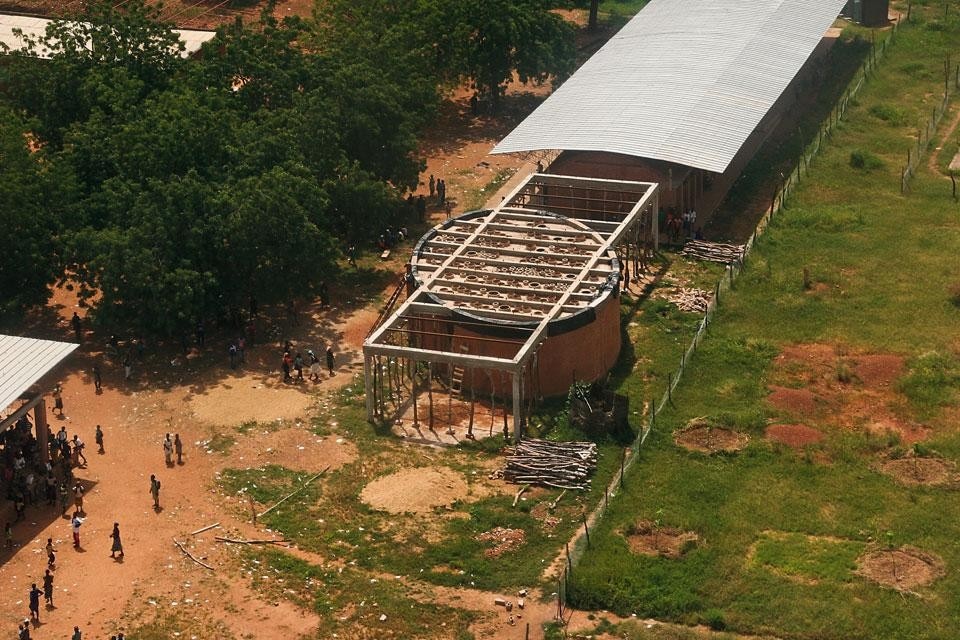
Back in Africa, for his first school building he developed a central concept that would run through his entire portfolio. Rather than working against the climate, Kéré works with it. He creates natural ventilation by moving the wind through the building: air blows in through tall openings in the façade, while small openings in the ceiling allow the hotter air to escape outside. The result is a continuous exchange of air that makes spending time in the classrooms a pleasant experience.
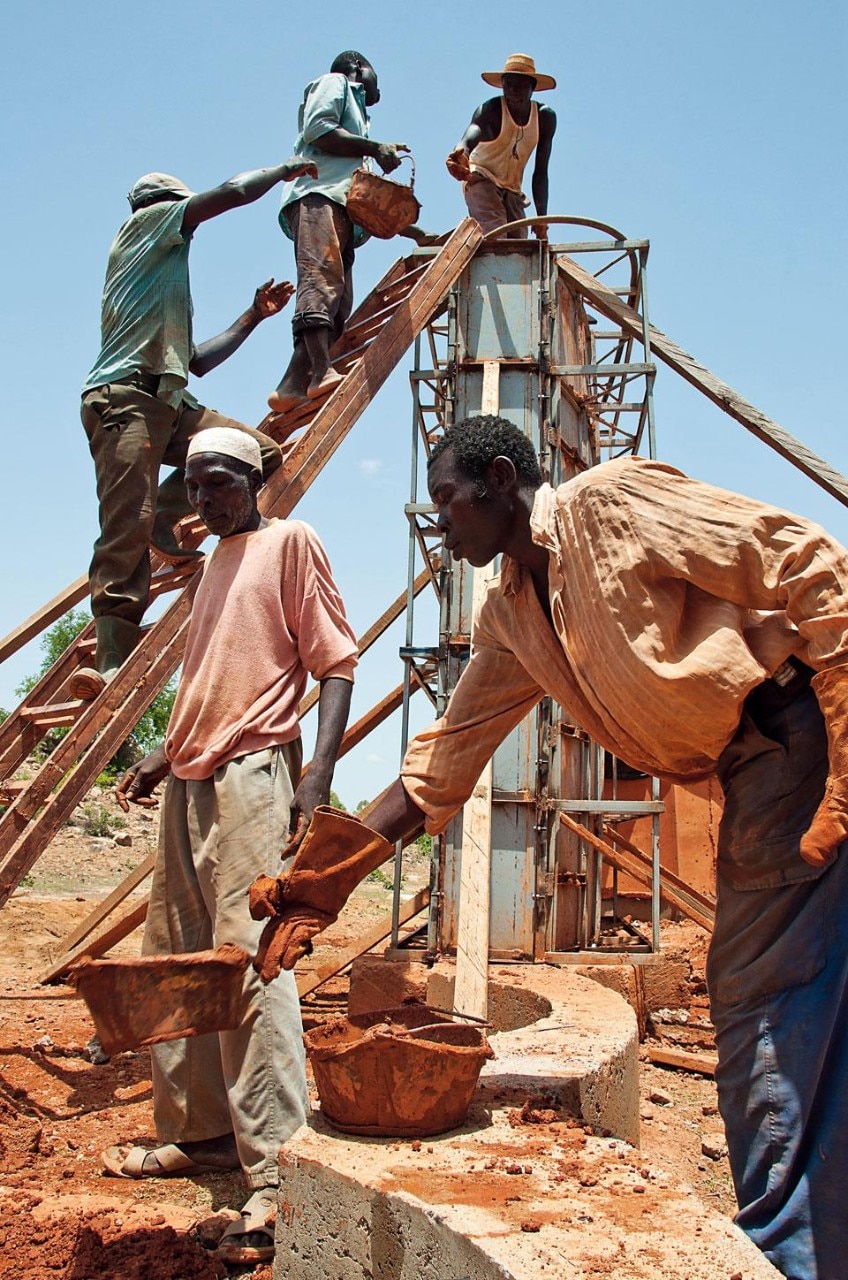
Kéré adopted a different formal vocabulary for the teachers' housing, as residential buildings require a different aesthetic from public buildings such as schools. "We experimented with barrel roofs on these houses, and we're curious to see whether the locals will accept them, and, ideally, reproduce them. They're popularly known as "the Gando fridges". Today none of the teachers live in the town. They are happy in the village."
Rather than working against the climate, Kéré works with it. He creates natural ventilation by moving the wind through the building
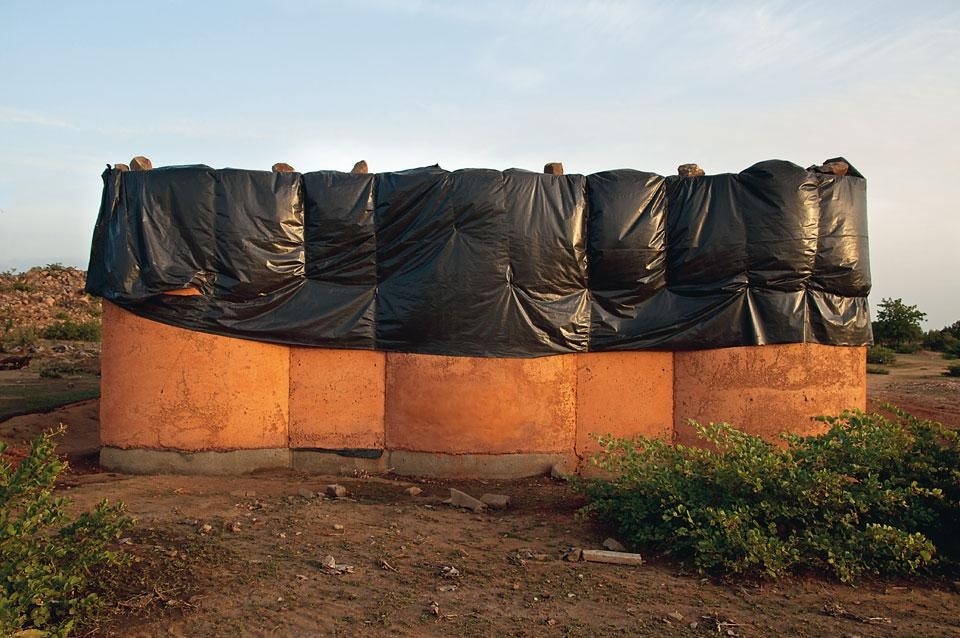
In addition to the schools and teachers' residential buildings, new wells and a first-aid station have also been built in the village in recent years. These structures will now be crowned with a very special oasis: in 2014 the village will receive a high school — in a country where the illiteracy rate is above 70 per cent. The first wall elements are currently wrapped in black plastic sheeting so as to protect the clay from rain before the roof is installed.
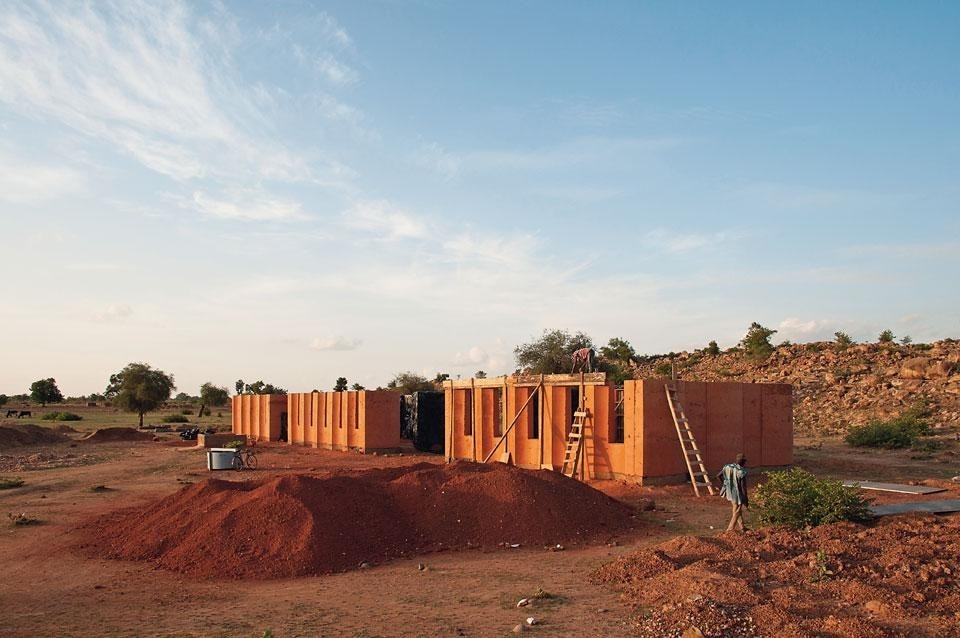
The new high-school building exhibits some crucial differences compared to Kéré's previous buildings. For example, this time the architect is building in clay-like concrete. "We're not laying bricks anymore; we're just casting," Kéré declares. "The clay doesn't have to be sieved anymore either. We add gravel, cement, sand and lime to the clay that comes out of the pit. This makes it more compact and saves working steps thanks to a simple process. In the end we didn't even have to indicate the wall thicknesses on the plans, because the local people knew better what had to be done."
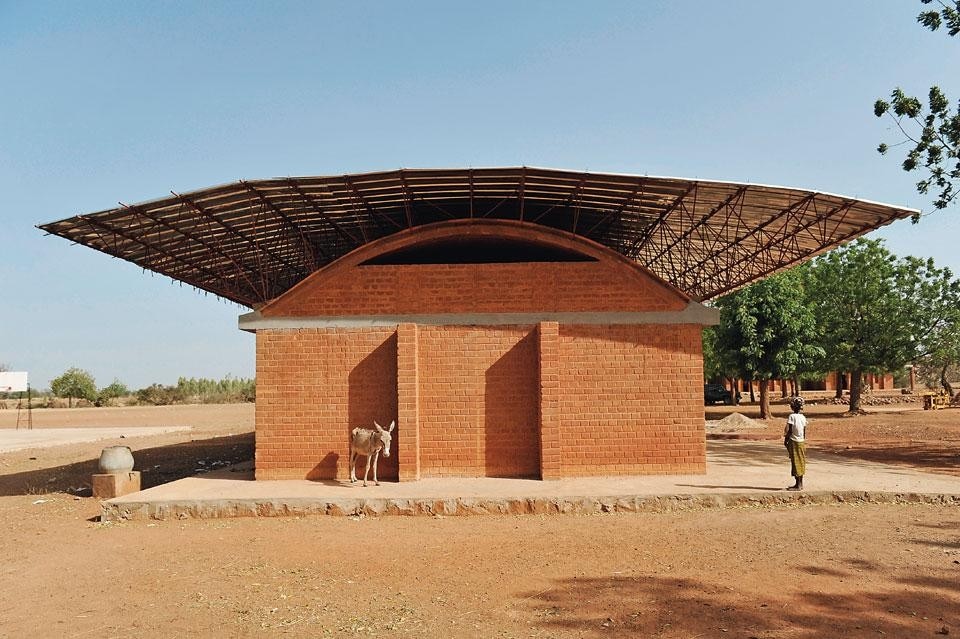
In addition, clay jugs have been installed in the banks of earth. These can either be filled with collected rainwater or, during the dry season, with water from deep wells. Thanks to small holes in the jugs and the porosity of the material, water is released drop by drop and finds its way into the air channels. "The clay jugs sweat on their own, as it were," Kéré explains. "The water cools down in the jugs and trickles into the ground. The coolness resulting from the evaporation can then be channelled into the rooms." It could be considered as an African counterpart to Western underfloor heating.
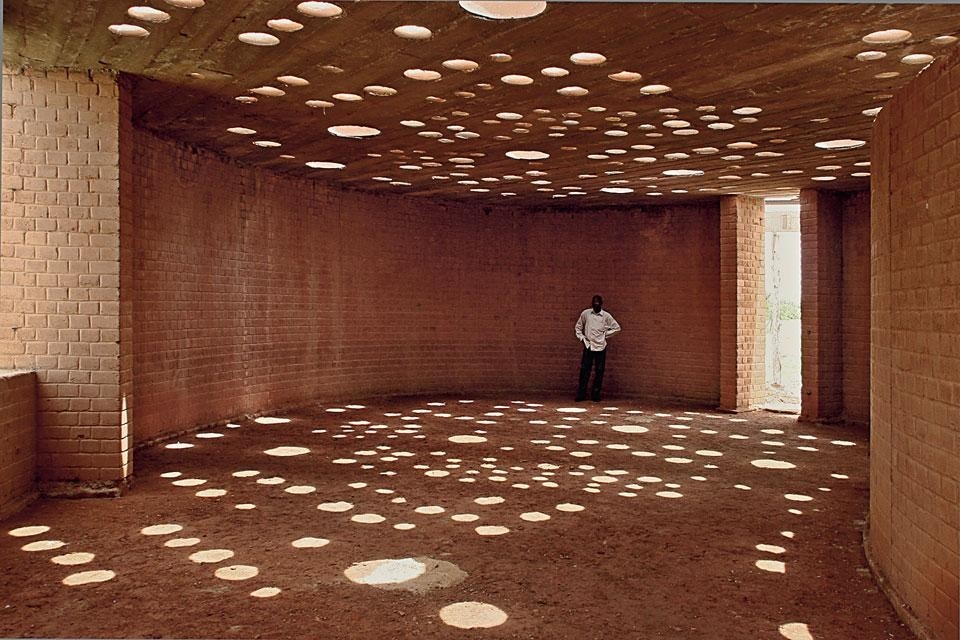
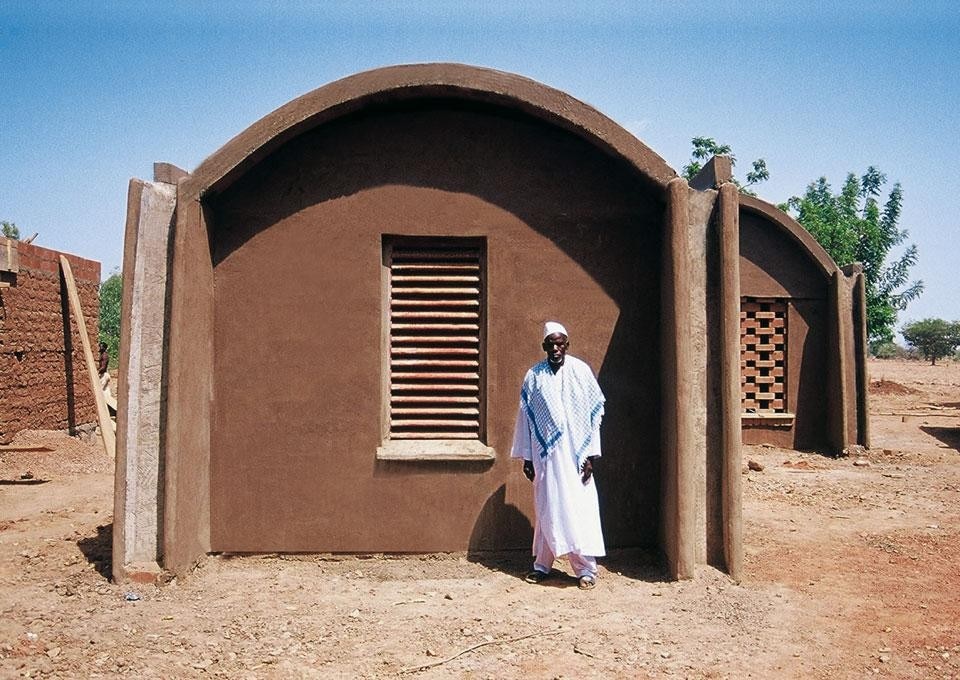
The remote village of Gando has changed a lot in the past ten years. The elementary school has become the region's educational and examination centre. Football tournaments, championships and other events are held in the village. Kéré is currently building a further project set away from the schools: a women's centre. Here the intention is for women to meet and talk while learning to read and write. The office of the local women's cooperative will also be housed in this clay building. The architect is particularly proud of this project: "It's going to be a palace," he says. "This is my favourite project because it's for the women!"Jeanette Kunsmann, architecture journalist




